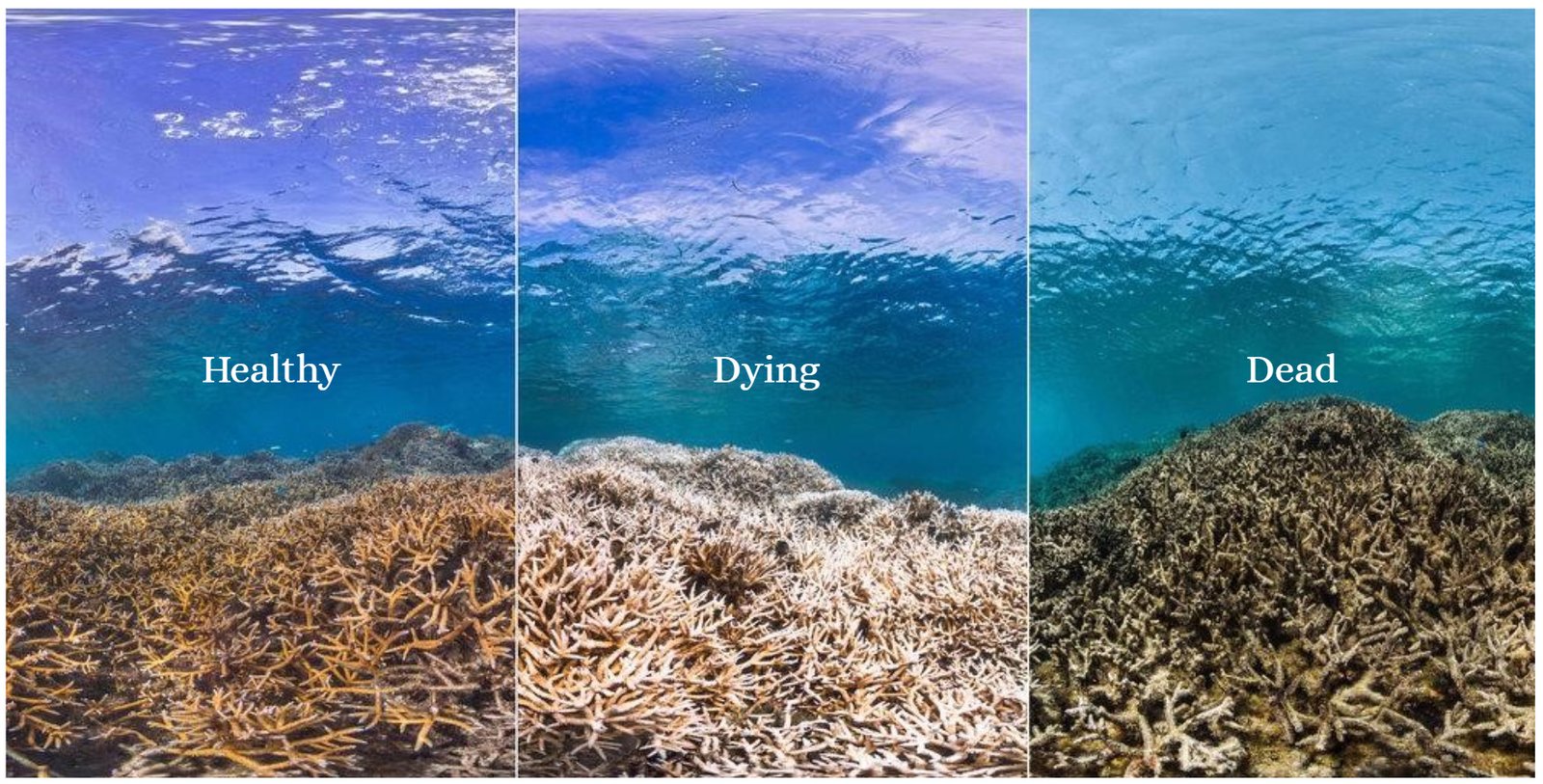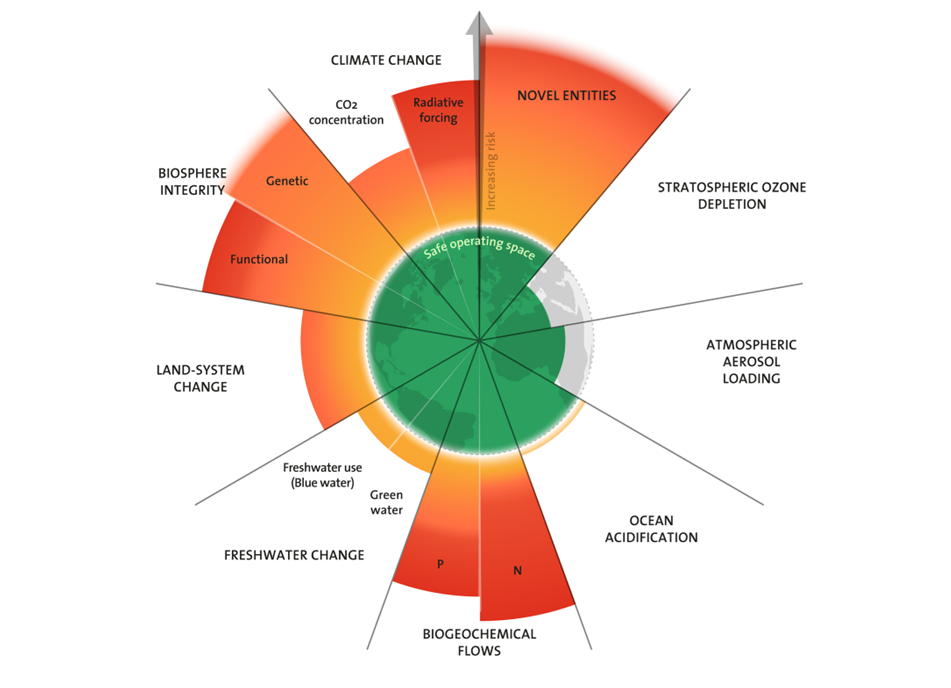In 2025, scientists issued a stark, even alarming, assessment: Earth’s health is slipping out of safe bounds. The Planetary Health Check 2025 doesn’t merely tally climate statistics; it frames humanity’s relationship with the planet as a medical diagnosis. And as the latest results show, vital signs are failing.
What Is the Planetary Health Check?
The concept is modeled on a medical check-up: measure key parameters, compare them against safe thresholds, flag what’s dangerous, and call for urgent remedies. Behind this initiative lies the planetary boundaries framework, which identifies nine critical Earth system processes that regulate the stability and resilience of the planet. According to the World Economic Forum report, when one or more of them exceed their safe limits, risks of systemic collapse or irreversible tipping points rise.
The 2025 edition marks the second full annual assessment (following the first in 2024) and introduces a heightened sense of urgency. This year, the focus expands on oceans and, in particular, the newly breached boundary of ocean acidification, making it the seventh of nine planetary boundaries now considered crossed.

Alarming Seven Boundaries Breached
According to the report and commentary by planetary scientists:
The already-breached boundaries include climate change, biosphere integrity (biodiversity loss), land system change, freshwater change, biogeochemical flows (nitrogen and phosphorus cycles), and novel entities (pollution, plastics, synthetic chemicals).
Additionally, ocean acidification has now been added to the list. As per Mongaby, the absorption of excess CO₂ by the seas is lowering pH, making the waters more corrosive to marine life and weakening the ocean’s role as a carbon sink.
Only two boundaries remain, for now, within safer limits: aerosol (atmospheric particle) loading and stratospheric ozone depletion. While ozone is relatively stable, aerosol loading is showing signs of improvement.
Why This Matters for Life on Earth
Crossing Earth’s planetary boundaries is not an abstract scientific concern it is a lived reality with cascading consequences for ecosystems, species, and human societies. As multiple systems degrade at once, the risk of ecosystem collapse grows, leaving forests, wetlands, and coral reefs increasingly vulnerable to droughts, pests, and invasive species. The impacts reach directly into food security and human health: as Mongabay reports, ocean acidification threatens shellfish, coral, and plankton, undermining global fisheries and millions of livelihoods, while shifting water cycles and land use reduce crop yields and heighten water stress. Dangerous feedback loops amplify the crisis, with dying forests releasing carbon and acidified oceans absorbing less CO₂. The burden is also unequally distributed, with vulnerable communities in low-income nations facing the greatest toll from floods, droughts, and food shortages.
Ultimately, a planet pushed beyond safe limits loses its resilience, leaving societies less able to withstand shocks like wildfires, pandemics, and extreme weather.
The burden is also unequally distributed, with vulnerable communities in low-income nations facing the greatest toll from floods, droughts, and food shortages.
Oceans in Crisis
Perhaps the most sobering new revelation in 2025 is the crossing of the ocean acidification boundary. Scientists have long warned this was looming; now, the data confirm it. Researcher Johan Rockström emphasized that oceans are under multi-dimensional pressures: warming, acidification, oxygen loss, eutrophication, and biodiversity loss. Marine systems now approach a “zone of destabilization.”
By interfering with carbonate chemistry, acidification weakens the structural integrity of coral reefs and shell-building organisms. This jeopardizes marine biodiversity and even human food chains.
Tracking Real-World Trends
The Planetary Health Check also presents a snapshot of metrics beyond threshold crossings, such as:
Temperature increases: The annual report records rising global average temperatures and escalating extremes.
Sea-level rise: Oceangoing changes have pushed sea levels upward, threatening coastal zones and low-lying nations.
Freshwater stress: Millions increasingly face water scarcity as hydrological cycles are disrupted by climate shifts and overextraction.
Pollution and chemical exposures: Novel entities—including microplastics, synthetic chemicals, and persistent pollutants—continue to pervade ecosystems. Their cumulative effects are insufficiently understood, but the report signals serious concern.

Underlying Causes
Why has humanity pushed so many of Earth’s systems beyond their safe operating limits? The Planetary Health Check 2025 and accompanying scientific commentary point to a set of deeply entrenched drivers. Chief among them is reliance on fossil fuels, which drive global warming, extreme weather, and ocean acidification. Industrial agriculture adds to the strain, with heavy fertilizer use releasing nitrogen and phosphorus that disrupt ecosystems and create oxygen-depleted “dead zones.” At the same time, deforestation and large-scale land conversion erode biodiversity, destabilize water cycles, and release massive carbon stores.
Pollution from plastics and novel chemicals, largely unregulated, further contaminates ecosystems, compounding the damage. Overconsumption and inequitable resource use, especially by wealthier nations, intensify these pressures while vulnerable populations suffer disproportionately. Scientists call these “earth system transgressions”: not random natural shifts, but the pre-dictable outcome of decades of neglect and weak governance. The result is a planet under severe strain, facing cascading risks for all forms of life.
Warnings, Responses, and Hope
The Planetary Health Check 2025 issues a red alert but makes clear that humanity has not yet crossed the point of no return. Scientists stress that with urgent, coordinated global action, there is still hope to restore balance. The report calls for rapid decarbonization, phasing out fossil fuels, and accelerating renewable energy adoption, alongside regenerative agriculture that curbs nitrogen and phosphorus pollution. Equally vital is ecosystem restoration through reforestation, wetland recovery, and stronger wildlife protection, as well as stricter pollution control and chemical governance to limit plastics and novel entities.
An equity-based approach is essential, with wealthier nations reducing their footprints while aiding vulnerable regions in adaptation. The report further urges embedding planetary health metrics into governance and corporate decision-making, as the World Economic Forum emphasizes. History offers hope: the Montreal Protocol’s success in repairing the ozone layer shows that global cooperation can reverse planetary threats, setting a precedent for today’s crises.

Challenges Ahead: Will We Listen?
Despite clear scientific warnings, the path to planetary recovery faces formidable obstacles. Political resistance remains strong, as governments and industries resist disrupting entrenched systems in energy, agriculture, and mining.
Short-term thinking often pits climate action against electoral or economic cycles, undermining long-term commitments. Inequitable power dynamics mean developing nations carry heavier burdens without adequate resources for transition, while public awareness lags, as invisible boundaries are harder to grasp than visible disasters.
Adding to the challenge are data gaps and uncertainties in measuring certain systems. Yet, the Planetary Health Check 2025 seeks to reframe the debate, from crisis to planetary care.
A Crisis for Humanity
Our civilization depends entirely on the stability, resilience, and productivity of Earth’s systems. Once those fail, the foundation supporting food, water, shelter, security, and health collapses.
The 2025 diagnosis is a call to action. It reminds us that planetary health and human health are one and the same. Safeguarding Earth’s systems isn’t optional; it is the precondition for life, civilization, and progress.
We don’t have the luxury of waiting decades. The window to act is closing fast. If we take the warnings seriously and act boldly, the next edition of the Planetary Health Check might show a healing world. If we don’t, it will be a chronicle of regret.







